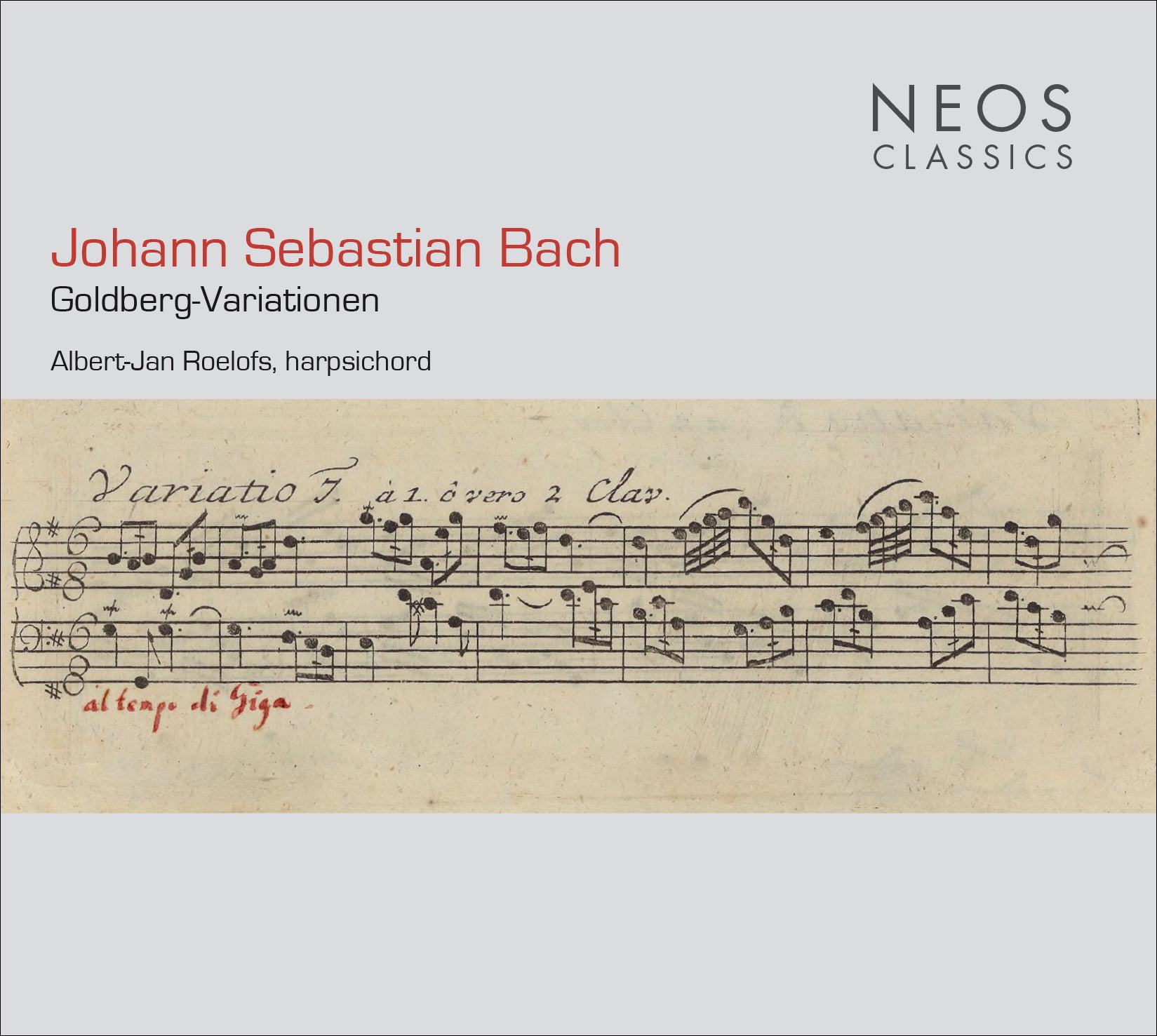infotext:
THE GOLDBERG VARIATIONS
Was it ever the intention? Goldberg Variations playing as a cycle will never be fully resolved. Reports from the environment of Johann Sebastian Bach, who composed this work around 1740, give reason for a different interpretation. Around 1800, the Bach biographer Johann Nicolaus Forkel speaks of sleepless nights of Count Hermann Carl von Keyserlingk, who was the Russian ambassador in Dresden from 1733 to 1745, on the basis of reports from Bach's sons. At Keyserlingk's request, his friend wanted Bach to write his own music remedy this persistent insomnia. Bach hoped to be able to do justice to this wish with a set of variations over a bass line. Keyserlingk asked his house harpsichordist Johann Gottlieb Goldberg (by whose name this work became known) to occasionally play one or more of “his” variations. But the complete performance of these variations has long been part of the regular repertoire of harpsichordists and pianists. In the case of a complete performance, it is expected that considerations regarding the question of how the different variations relate to one another are to be made concrete.
Had it not been the intention to play the variations in full (although we do not know how serious Keyserlingk's insomnia really was), it would not have been the intention either to rob the Count of his sleep through virtuosity and ever-changing tempi. The origin of the idea of wanting to play variations in different tempi remains open. The original score from 1741 is only a tempo indication (with variation 15 andante), although two other indications (in Variation 16 and Variation 22) imply a specific tempo. Editions with tempo indications for each individual variation can only be found in the middle of the 19th century, which shows the need for clear tempo differentiations, which is obviously an expression of a romantic spirit. However, this attitude contradicts the baroque aesthetics of regularity and symmetry. Although a copy of the first edition with Bach's own explanations, including two new tempo markings, has been available since the 1970s, interpretations still tie in with the usual practice with virtuosity and tempo changes.
On closer inspection, however, these two new tempo indications do not appear to be of essential importance with regard to the interpretation of the variations concerned. They even appear to be superfluous. The addition in Variation 7, al tempo di giga, and the addition in Variation 25, adagio, actually confirm what the musical text already makes clear. These additions clarify that obviously Variation 7 is NOT al tempo di giga was played, as well as Variation 25 NOT adagio. The Goldberg Variations define themselves as a cycle of successive variations. The fact that a single variation is provided with a tempo not only says something about the respective variation, but also about the context in which this variation stands. Variation 7 must al tempo di giga be played because Variation 6 is NOT played at this tempo. Accordingly, variation 25 adagio be played because Variation 24 is NOT adagio is played. A tempo indication therefore implies a tempo deviation. From the additions to two tempo markings by Bach in his hand copy it can be concluded that he emphasizes the importance of special, divergent tempos. This leads to the conclusion that all variations, with the exception of those in which a separate tempo is given (in the revised version, variations 7, 15, 16, 22 and 25), should be played at "normal" tempo.
Bach wrote the variations in different time signatures. Against this background, the question arises as to how the “normal” tempo should be maintained. The answer comes from the last bar of Variation 26: Here the notation of the rests deviates from the usual 18/16 bar. The subdivision of the rhythmic accents is thus shifted from 2 x 3 to 3 x 2 semiquavers. This last subdivision corresponds to the rhythmic accents in a 6/8 bar, the bar of Variation 27. Since, according to sources from Bach’s environment (e.g. Kirnberger), the quaver bars are basically to be understood as tripled quarter bars, it becomes clear that in a uniform pulse can be felt in the different variations and time signatures, which is on the quarter note of the Aria is based and can therefore be used as a starting point for the choice of tempo. The present recording draws on exactly this idea. My interpretation looks for unity in the work and lets the bass line sound »mantra-like«. Even if this music is anything but "sleep-promoting", it manages to remain in a constantly swaying movement.
Albert Jan Roelofs |
program:
Johann Sebastian Bach (1685-1750) Goldberg Variations Clavier exercise consisting of an ARIA with various changes in front of the clavicimbal with 2 manuals. [01] Aria 01:56 Total playing time: 54:55 Albert Jan Roelofs, Harpsichord
|
Press:
[…] The Dutch pianist Albert-Jan Roelofs succeeds brilliantly in finding a common pulse as a global narrative for the different musical tableaux. Roelofs makes music with a fine, delicate touch, finds the inner relationship between the variations in the semantic decoding of the various time signatures and yet clearly distinguishes their different emotional contents from one another. Roelofs not only designs these variations incredibly sensitively and delicately, he forms them almost plastically under his fingertips. […] Fascinating! Martin Hoffman |

